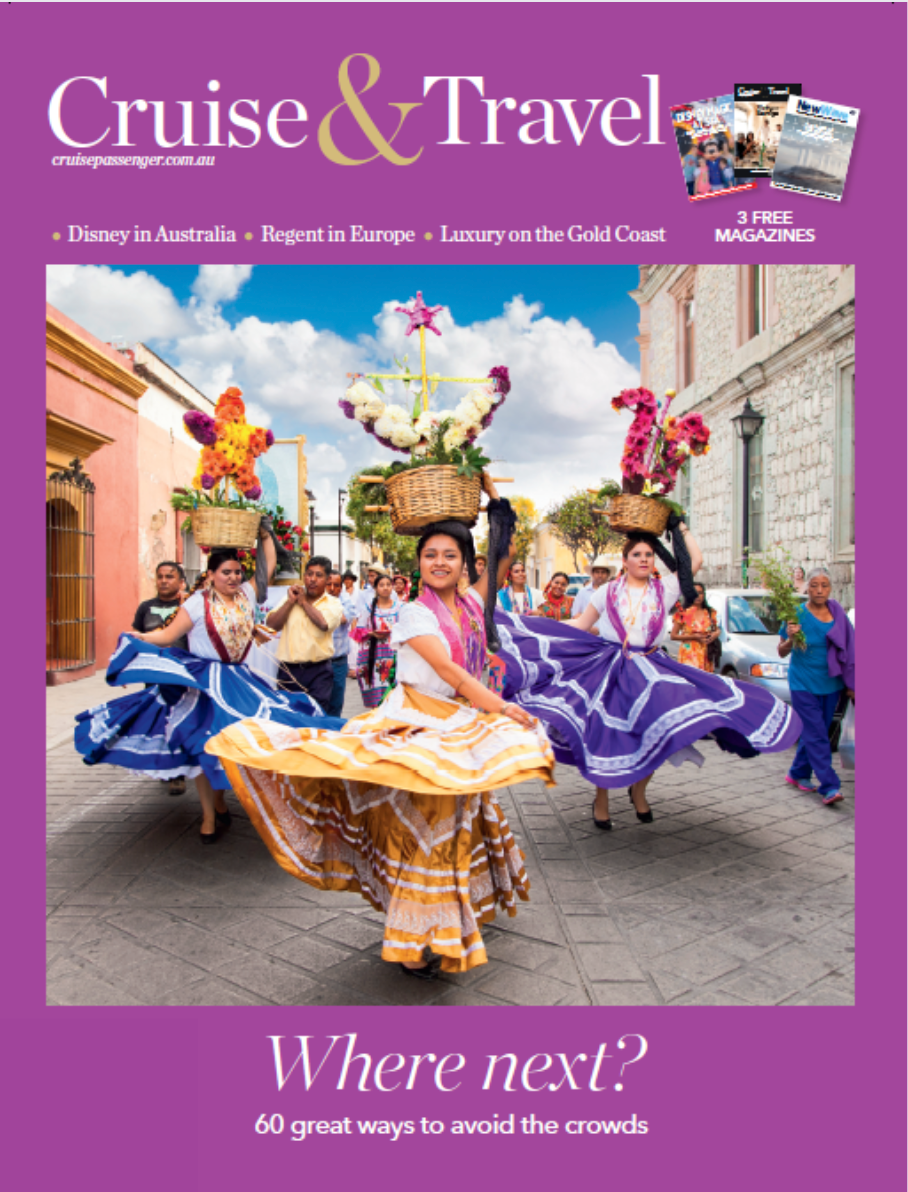Why choose Portugal’s Douro and who sails it
A cruise along Portugal’s River of Gold, the Douro, is one of the most relaxing, scenic journeys you can take in Europe.
Between Portugal’s second-biggest city, Porto, and tiny Barca d’Alva on the Spanish border, cruises take in four UNESCO sites. Porto’s lively, picturesque waterfront Ribeira district is one of them; the Douro Valley itself is Heritage-listed for its 2000-year history of wine-making.
Douro cruises are often packaged with stays in Lisbon and Madrid at either end of the itinerary. There is usually a side-trip to the beautiful city of Salamanca in Spain, which is Heritage-listed for its 12th-century university. Ports of call include Regua, Pinho, Barca d’Alva (all in Portugal) and Vega de Terron, on the Spanish side. Highlights range from visits to quintas (wine estates) to enjoy port and wine-tastings and exploring fortified villages and rugged castles.
Portugal is a relatively new destination for river cruising. But this year there are more cruise lines than ever before. Ships are smaller than most other vessels because they have to pass through a series of locks and dams on the river – the maximum length and width is 83 metres and 11.4 metres respectively.
Who cruises the Douro
APT’s 102-passenger AmaVida has cruised the Douro since 2013. Next year it will be joined by the AmaDouro.
Croisi-Europe has largest fleet on the river. Its five ships accommodate between 132 and 138 passengers and the newest is Miguel Torga, built in 2017.
Evergreen’s 112-passenger Emerald Radiance started cruising the Douro in 2017.
UK-based Riviera Travel operates two 126-passenger ships, Douro Elegance and Douro Splendour.
Uniworld’s 116-passenger Queen Isabel launched in 2013.
Viking has three 106-passenger ships on the Douro, Viking Hemming, Torgil and Osfrid, with a fourth (Helgrim) to come in 2019.
Scenic launched the 96-passenger Scenic Azure in 2016; the line has its own dock in Porto for Scenic and Emerald ships.

